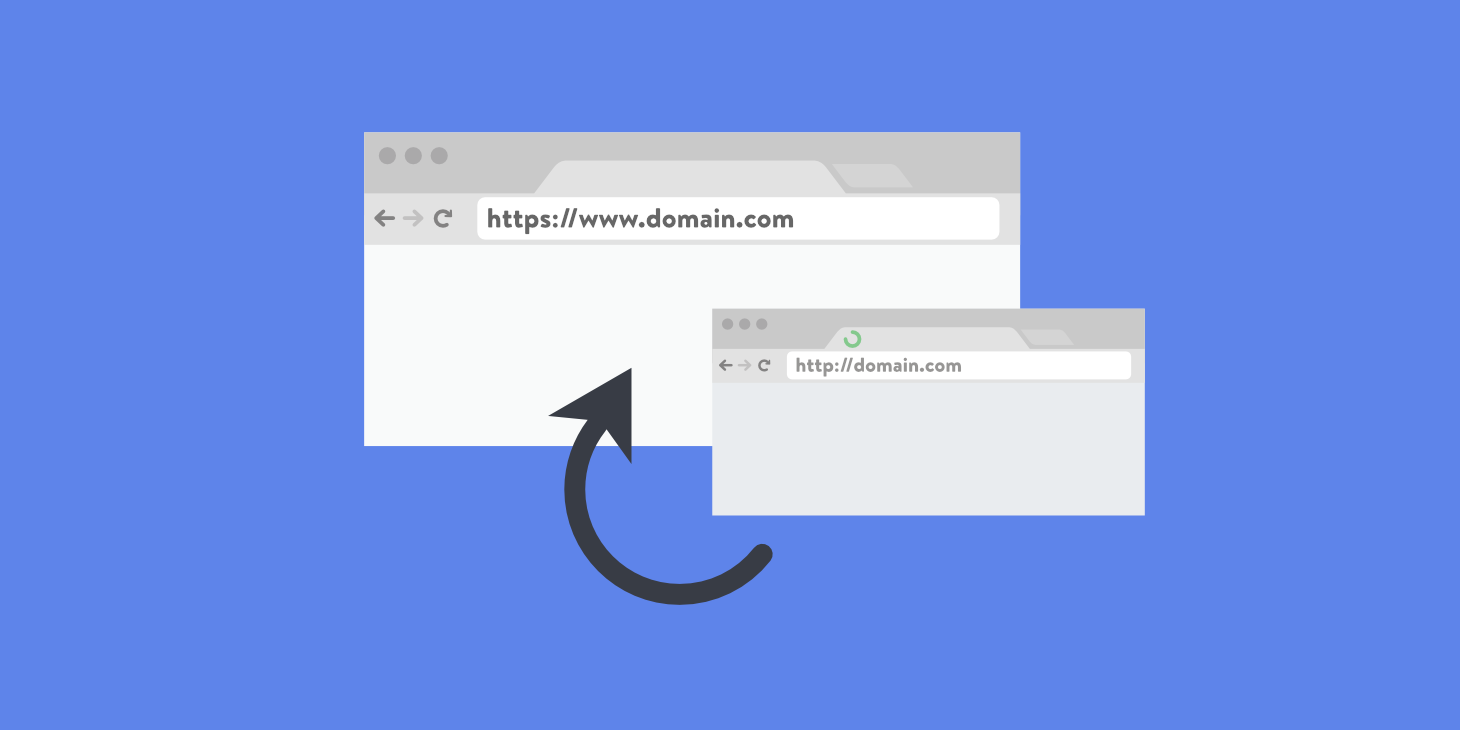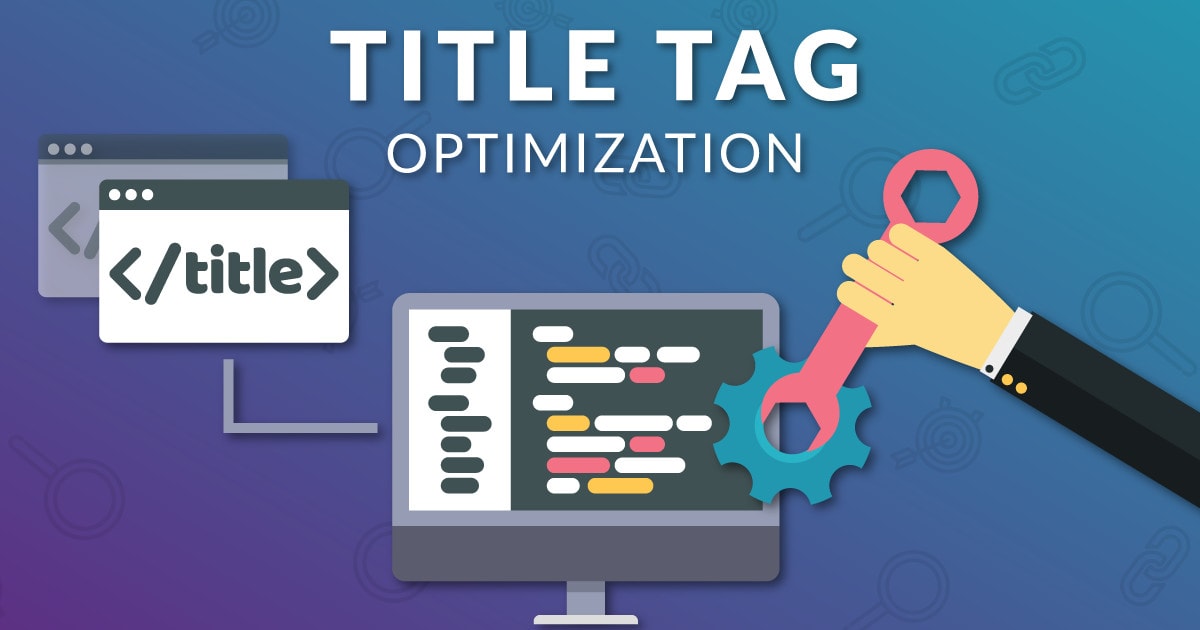Semalt: Technical SEO Audit Of Your Website In 7 Steps

Technology is becoming increasingly important to surpass your competitors in Google. In addition to good content and authority, it is the most important pillar on which SEO rests. Is a website optimally indexable, fast, secure and equipped with all SEO Tags? Your web designer probably says yes, but why not check with a complete technical SEO analysis?
But how to perform a technical SEO audit and what does it mean exactly? In this step-by-step guide, we will explain everything. You'll also find the right tool to perform an SEO analysis and a handy SEO technical checklist here. So it's time to start optimizing!
What is a technical SEO Audit?
A technical SEO audit is a process of checking all technical aspects of your website and their impact on SEO. The outcome of this process is an overview or report with errors that you can fix. In addition to content and links, technical SEO is one of the most important things you can focus on to improve the visibility of your website in Google.
Now that we know the objective of a technical SEO audit, let's move on to how to proceed to accomplish such a task!
1. Indexability
The indexability check includes checking factors that help search engines index your website and content. Parts of this technical SEO audit are:
4xx notifications: If a page on your website has been removed and people try to find that page through a link or listing in Google, it will cause a 404 notification. If you delete a page on your website, make sure that the deleted URL points to the most relevant other content on your website.
5xx notifications: If an outgoing link from your website is not properly set up or no longer works, it will cause a 5xx notification. Remove or edit the link to the correct destination.
no index: With the no index tag you ensure that a page is excluded from indexing. In principle, search engines respond to this. Make sure your content can be indexed as fully as possible and avoid unnecessary no index tags.
404 page: Having a good 404 page can help keep your visitors on your website. A 404 page tells the visitor that the page they were looking for no longer exists and helps them find the right content on your website. A 404 page also generates the 404-status code with which you as an administrator can monitor and resolve these messages.
.xml sitemap: The XML sitemap is a page with links to all the pages to be indexed. You can link this sitemap to the Google search console. Normally this speeds up indexing. NB: as soon as the website changes in structure, the sitemap should automatically change with it.
robots.txt file: The robots.txt file instructs crawlers like the Google Bot on what to do when they visit your website. For example, where your XML sitemap is located and which pages they are not allowed to index, for example, your login page.
2. Redirects

A redirect is a referral from one URL to another. This can be temporary (for example if a product is temporarily out of stock) or permanent. A good implementation of redirects ensures a pleasant user experience because visitors are always led to the most relevant content on your website. However, ensure correct implementation. Attached are the checks that should be part of your technical SEO audit and analysis.
www and non-www: People can reach your website by typing in your domain name with and without www in front of it. Note that only one version is the root domain of your website and the other is automatically redirected.
HTTP and HTTPS: HTTPS is the secure successor to HTTP and the communication protocol through which information is sent between the website and server. Again, only one version of your URL should be set as the root domain and HTTP is automatically redirected to the secure HTTPS.
canonical URL: To prevent Google from indexing multiple versions of your page, it is recommended to specify this on each page with a so-called rel=canonical element. By default, it should refer to itself on a page. Only if the original content is on another page should it reference the source.
302 redirects: 302 redirects are temporary redirects and do not send a link value (authority). Here, temporary should really be temporary. If there is a permanent redirect, use a 301 redirect.
301 redirects: 301 redirects are permanent and are used to point old URLs to new URLs. For example, if you delete a page. Correct use of a 301 redirect ensures a good user experience and does not directly indicate problems in your website. Nevertheless, it is wise to regularly check these redirects as part of your technical SEO audit.
3. Links

Links or hyperlinks are pieces of text that you can click on to go to other pages within your website (internal links), visit other websites (outbound links) and visit your website from other websites (inbound links). There is a lot to say about link building, but here, we only cover the underlying technology and possible errors found as a result of the technical SEO Audit:
broken links: A broken link is a link that doesn't work (anymore) because the landing page has been removed. Delete it or modify it to the correct destination.
pages with a lot of outbound links: Pages with a lot of outbound links indicate link swapping which is against Google's webmaster guidelines. Link exchange is a tactic whereby one obtains links to one's own website in exchange for a link back. In any case, it is an indicator that the page itself does not have much-added value since so many links point to other websites. Try to avoid these types of pages with lots of outbound links.
dofollow links: If a link is dofollow, the link passes the value to the destination. That in itself is not a problem, provided the destination has a high authority in Google. If you don't want to provide a link value, use rel="nofollow" or rel="sponsored" if a link has been paid for.
link title: A link title is the title of a link. With such a title you can provide a link with extra information about the destination (the link title attribute). The link title appears when you move your mouse over the link. If you use links on your website, make sure that they have a link title.
4. On-page SEO Tags
On-page SEO tags or meta tags are pieces of code on a page (on-page) that are not visible to users but are visible to search engines and your technical SEO analysis. The most important SEO tags are the title tags and the meta description tag. Following are the most important parts of the on-page technical SEO audit:

title tags: A page can only have one H1 tag and multiple H2, H3, H4, H5 or H6 titles. The number indicates the level. H1 is the main title tag. Common errors are missing, too long and copied H1 tags or multiple H1s on the same page. For the technical SEO audit, it is also important to use at least one or more H2 tags on the page.
meta description: A meta description is the text fragment that you see directly below the title in the search results. Although Google regularly overwrites this fragment, they do affect the CTR and the display of your website in Google. Common mistakes are too long, too short, and copied meta descriptions. Therefore, make sure that all your pages have meta descriptions with the correct length and unique text that invites users to click.
It is wise to have the focus search term(s) of the page appear several times in the H1, H2 headers and meta descriptions. Take a good look at this as part of your technical SEO analysis.
5. Images SEO

Images are an important part of your technical SEO. Despite advances in technology, Google and other search engines can't interpret the content of an image. That is what the title and alt text of the image serve. The technical SEO audit must therefore also pay attention to the correct use of images on your website.
broken images: Images is broken if such images on a website are not displayed or generate a 404 message. This may be because the images have been deleted or no longer work properly.
images without title optimization: The title of the image is the name of the file. Match it to the content of the image and avoid using automated file names from cameras or Phones.
alt text: The alt text is the attribute you can give to an image so that search engines can understand what your image is about. Frequently found errors are: missing, duplicate or meaningless alt texts. For each image, create a unique alt text optimized with relevant search terms to help search engines better understand the content of your image and your page.
6. Multi-language
If you have multiple versions of one or more pages in other languages or for other regions, you can indicate this using Hreflang. For example, if your website is offered in English or other languages, add the code to indicate which language and regional variants your website contains.<link rel="alternate" hreflang="lang_code"... >
Each language or region version of a page must contain hreflang attributes, which reference the page itself as well as other language / region versions of a page. For a page, specify all variants, including the page itself. Frequently found errors after technical SEO audit are:
- incorrect language codes
- invalid URLs
- missing return links
- conflicting Hreflang elements
- incomplete Hreflang elements
- non-canonical page with Hreflang elements
- missing x-default value
7. Structured data
By providing your website with structured data, you make it easier for search engines to understand your content. Checking structured data should therefore not be missing in a complete technical SEO analysis:
- Microformats: Microformats add semantics to the existing elements, paving the way for deeper interpretations by search engines.
- Schema.org: Using schema.org data is a powerful way to make your website more visible in search results.
- The Open Graph: With information from the open graph you determine the way in which your website is displayed on Facebook if, for example, a link is shared.
- Twitter Card: With Twitter Card data you determine how your organization and website are displayed on Twitter when, for example, a link is shared.
Tool for a technical SEO Analysis
Overall, this is a considerable list on which you should check the website during a technical SEO analysis. If you want to do a complete technical SEO analysis of your website, then SEO tools are a must. There are a lot of SEO tools for SEO audits, but not all of them provide the information needed to successfully complete a full audit of your site. Moreover, many of them have very limited functionalities to check all the parameters mentioned below!
So, to avoid wasting your time, I present you with an SEO tool called the Dedicated SEO Dashboard. Indeed, the Dedicated SEO Dashboard is a latest-generation SEO tool developed by Semalt experts aiming at accomplishing any SEO task in a very short period of time.
Regarding the analysis of your site, this tool has a very advanced feature called Technical Audit. This feature is developed to thoroughly analyze all the necessary parameters of any website. Moreover, it presents you with relevant suggestions that you can follow to solve the problems related to the functioning of your site.
On the other hand, if you have other tasks to accomplish in the field of SEO, the DSD has several other very advanced features to help you accomplish them.
So feel free to dive into these data-driven tool features at demo.semalt.com
However, if you don't feel like doing your technical SEO analysis yourself, contact us to have a permanent technical SEO check.